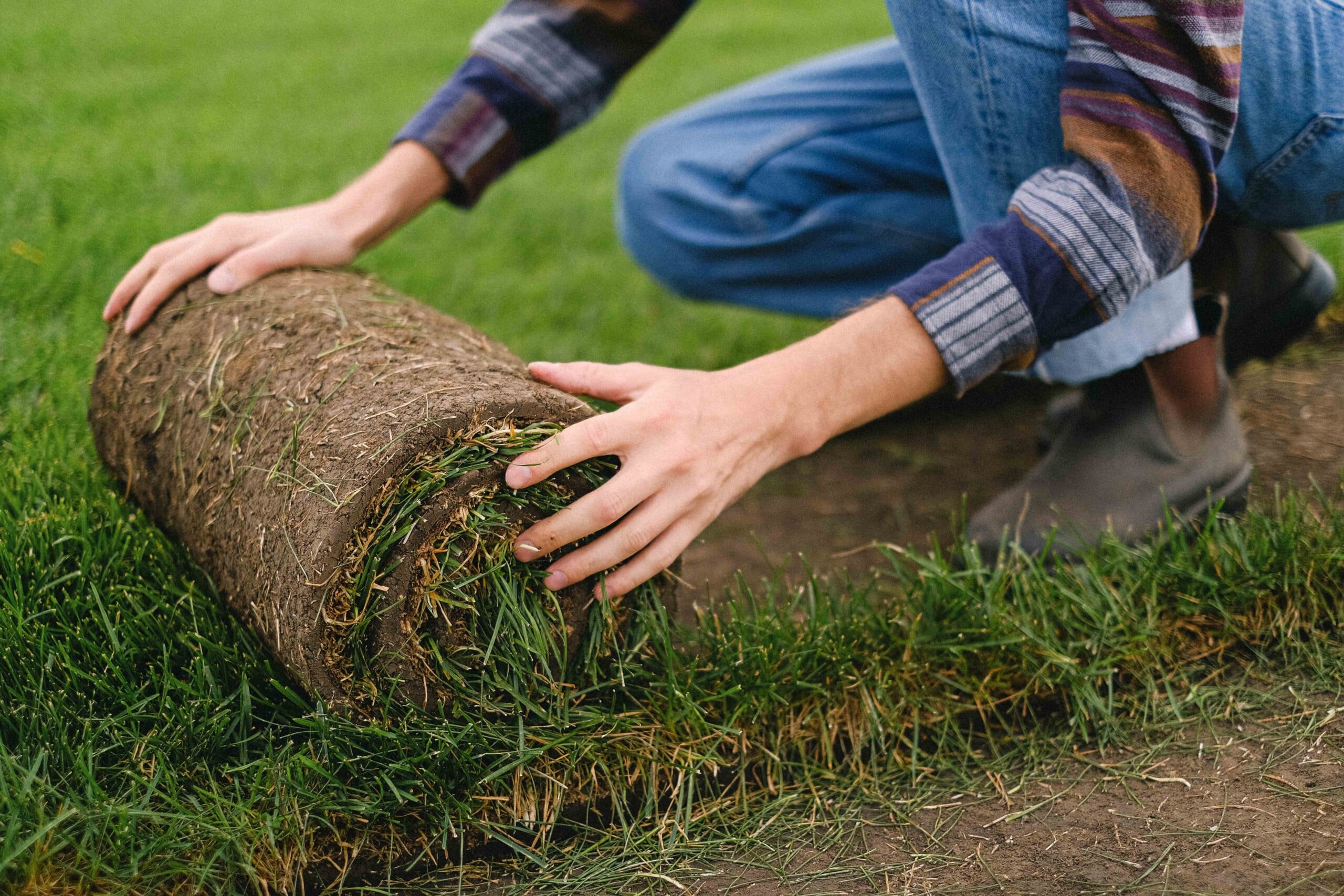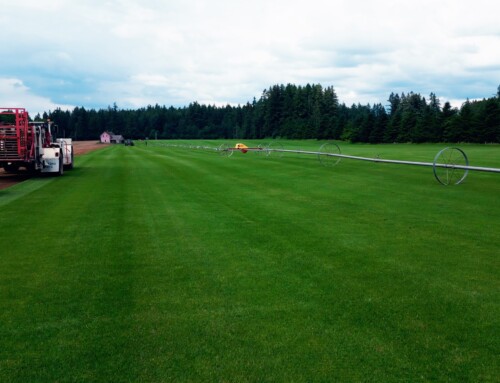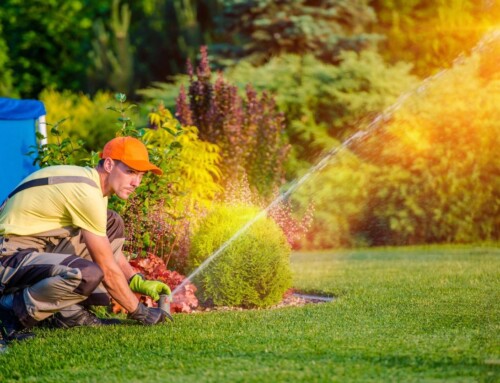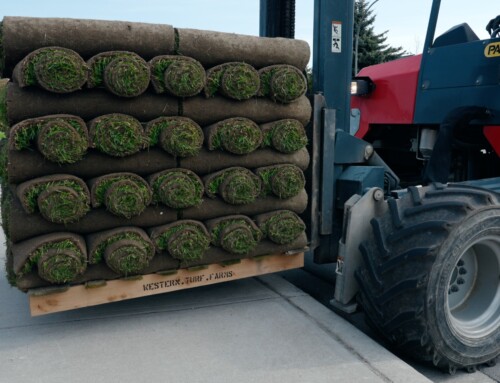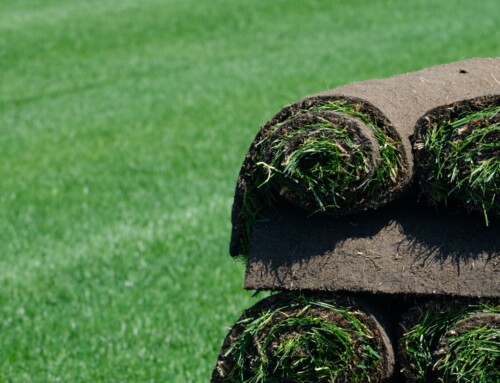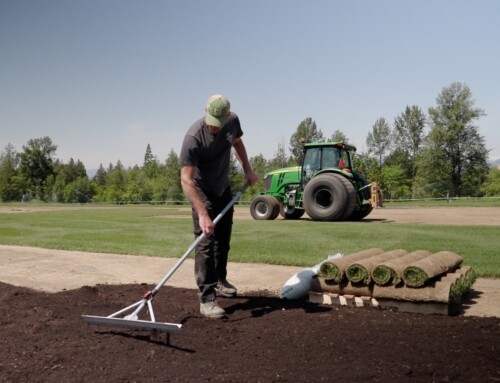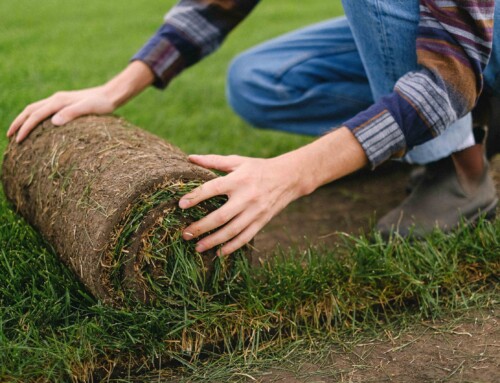When you are striving to create the perfect lawn, you want it to look lush and green. But having dead, brown patches can be frustrating, especially when you are not sure what is causing them or the best way to deal with and prevent them. Worse than the appearance of these patches, however, is that if they are caused by the growth of fungus, you want to ensure that it will not spread.
Causes of Dead and Brown Patches
There are several possible reasons why your lawn is developing brown patches. Any one of these can be responsible and you may have different causes at various parts of your property. Some of the potential reasons for your brown patches include:
-
Lack of Water
This is probably the one that most people think of first and it’s something that is seen during the summer months when there is little rain and local regulations limit or prevent regular watering of your lawn. Your lawn needs a certain amount of water to remain healthy and green but can stop growing and turn brown if it doesn’t receive enough. On the positive side, it will recover when water is again available.
-
Too Much Water
At the other end of the spectrum, too much water can also have a negative effect on your lawn. This can happen if you are overwatering or if there isn’t sufficient drainage. The overwatered root system of your lawn will drown when the air pockets in the soil become filled with water.
-
Soil Compaction
Soil compaction results in the soil not being porous enough to hold water, oxygen, and the other nutrients that your lawn needs to survive. This causes your grass to become thinner and weak, easily turning brown.
-
Lawn Diseases
Several turf diseases exist which can turn your lawn brown. They may be caused by bacteria or a virus but are typically the result of fungus. Many cases of lawn fungus can be treated by simply following good lawn care practices, but other remedies may be called for.
-
Pest Infestations
Some pests, such as grubs, can damage roots, preventing the grass from taking in necessary nutrients. This in turn causes it to turn brown. Other insects will suck out plant juices and block the vascular system of the grass.
-
Animal Urine
Dogs or other animals urinating on grass can turn the grass brown. The high level of nitrogen in dog urine “burns” the grass, so you can choose to take your dog out for a walk instead of allowing them to urinate on your lawn, train them to do their business in a special area, or spray water on the grass to rinse it after your dog does their business.
How to Fix Dead and Brown Patches
-
Step 1: Identify the Cause
In some cases, it will be easy to identify the cause of your lawn’s brown patches. Too much or too little water is usually rather evident. Determining if your soil is too compact is also quite easy to do. Try to push a long, strong metal rod into the soil. In a healthy lawn, it should be able to penetrate several feet. If it only enters a small amount and then stops or it becomes a struggle to continue, the soil is compacted.
Lawn diseases can take multiple forms. Brown Patch disease, for example, may appear as roughly circular, irregular patches of dead, sunken grass up to a metre wide, while Dollar Spot disease is seen as multiple round spots about 15 cm wide.
Symptoms of pests like grubs can include wilted grass blades followed by brown turf patches. Birds or skunks feeding on your lawn are good indicators of the presence of grubs.
-
Step 2: Water the Affected Area
Unless the issue is overwatering and once you have attended to the cause, watering the brown patches can revitalize your lawn. Watering in the morning is ideal, allowing the water to be absorbed rather than lost to evaporation during hotter parts of the day.
-
Step 3: Aerate the Soil
If you have compacted soil, aeration is the most effective means of correcting the problem. Spiking may make holes that allow air, water, and nutrients to enter the ground, but because it displaces soil rather than removing it, it can compact it further. In this case, core aeration is preferable.
-
Step 4: Fertilize the Area
Since new grass seeds are vulnerable, they will need the best possible conditions to help them thrive. Using starter fertilizer on the area to be seeded will help them take root and grow.
-
Step 5: Add Soil and Grass Seed
If you have areas of dead grass, you may reseed the dead patches in your lawn by removing the dead turf, adding some clean topsoil, and gently raking in new seed. Cover it with straw to maintain the moisture and protect the seed from birds.
-
Step 6: Maintain the Area
Newly seeded lawn should receive a daily watering during dry periods and may require multiple light waterings each day when it’s windy and dry. Once your grass has seeded, follow up with an application of regular fertilizer four to eight weeks later.
Preventing Dead and Brown Patches
-
Watering Lawn Properly
As mentioned above, the best time to water your lawn in the hot summer months is early in the morning, which allows more water to be absorbed.
-
Addressing Soil Compaction
Don’t allow your soil to become too compact. The best way to prevent compaction is to regularly aerate your lawn. This should be part of your maintenance plan. Limiting foot traffic and other activity on your lawn will also help. In addition, dethatching your lawn and mowing higher will reduce the amount of debris that can build up on your lawn.
-
Using Pest Control Methods
Depending on where you live, there will be certain guidelines in effect restricting the use of pesticides. When it comes to lawn pests and infestations, your best bet is to work with a professional who is aware of the most effective—and safe—methods to control and eradicate them.
-
Regularly Fertilizing and Maintaining the Lawn
One of the best ways to ensure a healthy lawn is to simply maintain it correctly, ensuring that it receives the nutrients it needs by providing fertilizer, and ensuring that potential issues such as excessive amounts of water are addressed before they can cause harm.
Conclusion
Having a beautiful, healthy lawn is the goal of many homeowners. With numerous possible threats to your lawn, the best approach that you can take is to be proactive and take steps to prevent damage before it occurs. Proper watering, fertilization, and pest control will go a long way toward preventing dead, brown patches, but when you need assistance with problems such as pest infestations, be sure to seek professional help.
For more information about how to fix brown patches in your lawn, contact us today and we’ll be happy to assist you.

